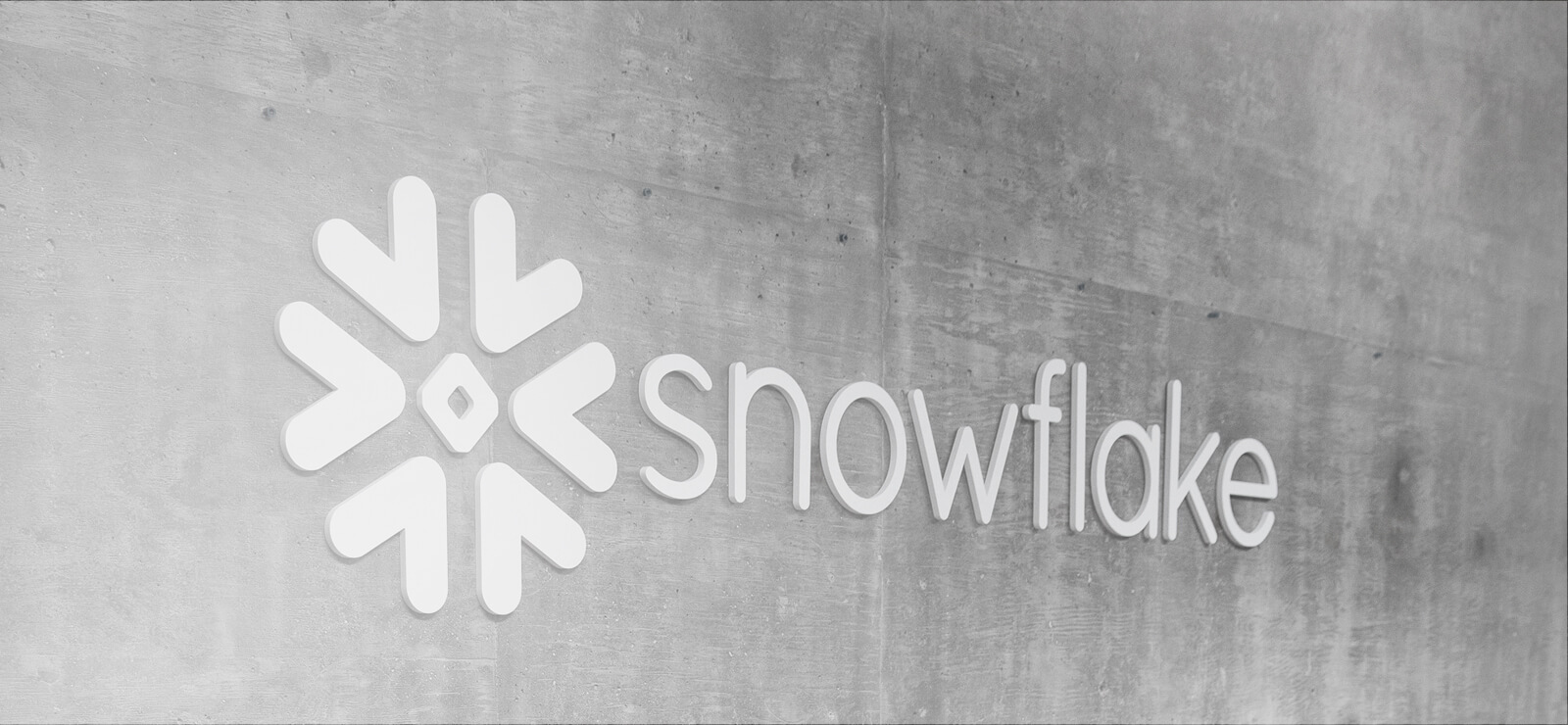Real-time analytics are a key-enabler for making faster, data-driven decisions. Snowflake is in the business of enabling organizations to be data-driven to capture competitive advantage, and data ingestion is a key piece of the puzzle. Snowflake Cloud Data Platform enables organizations to use multiple clouds and storage services. Today, we are happy to announce the addition of Azure Data Lake Storage Gen2 (ADLS Gen2) to the list of storage options that our customers can use for data ingestion and auto-refresh of external tables.
Almost a year and a half ago, we announced the General Availability release of Snowflake on Azure. Since then, many of our customers have used Azure Blob Storage for loading data into Snowflake as well as for storage for external tables. Recently, some of our customers indicated their desire to use ADLS Gen2 for storage that is compatible with the Hadoop Distributed File System (HDFS). Today, we are announcing that our full range of storage management capabilities has been extended in preview form to ADLS Gen2. Supported capabilities include:
- COPY command support for loading data from files into Snowflake tables
- COPY command support for unloading data from Snowflake tables
- Snowpipe REST API support for loading data
- Auto-ingest Snowpipe for loading data based on file notifications via Azure Event Grid
- Auto-refresh of external tables based on data stored in ADLS Gen2
The full spectrum of capabilities listed above enables our customers to switch between the two storage options according to their business needs without making any application changes or losing functionality.
This preview is a result of our collaboration with the Microsoft ADLS Gen2 team. Together, we have worked to ensure that the full range of Snowflake capabilities works seamlessly across Azure Blob Storage and ADLS Gen2. We are gratified by the customer response to the private phase of the preview. Some of our key customers utilized the newly developed functionality and gave us great feedback that improved this public preview.
Try Snowflake with ADLS Gen2 Today
Give the ADLS Gen2 preview a spin today for loading data or for refreshing external tables, and let us know your feedback. To get started, you can find information in the links above. Generally, previews are not recommended for production use, but they are a great way to get ready for production use when the General Availability release is available.
